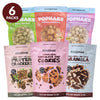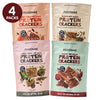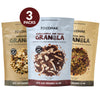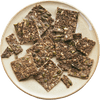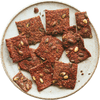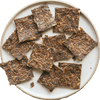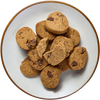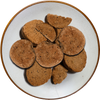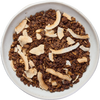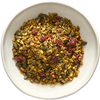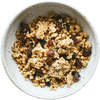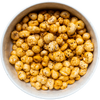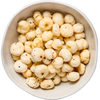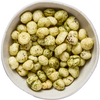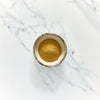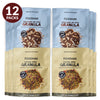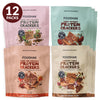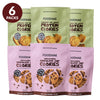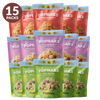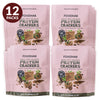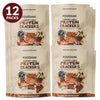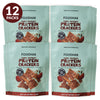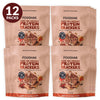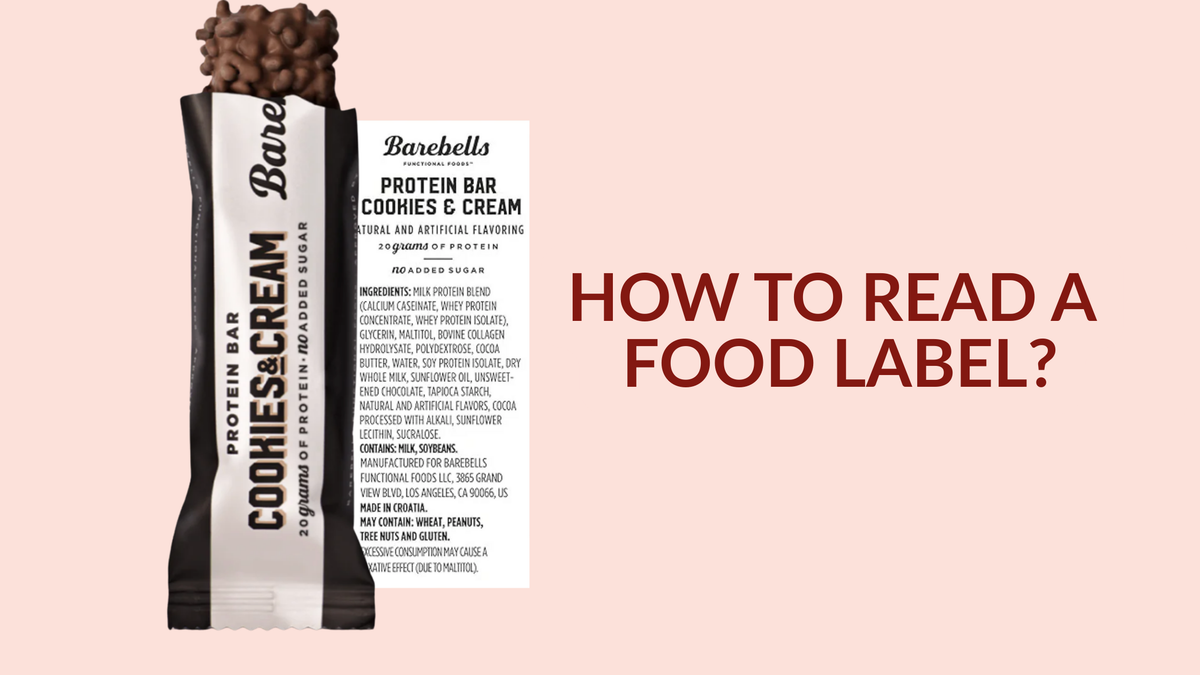
How to Read a Food Label (Like a Pro)
1. Start with Serving Size:
Most nutrition facts are based on “one serving” , but a single package may contain two or three.
Tip: Always check whether the serving size matches how much you’ll realistically eat.
Calories aren’t “good” or “bad” ,they’re simply energy.
- Light snack? Choose lower-calorie foods that still keep you satisfied.
- Pre-workout? Higher calories + protein can help fuel you properly.
Sugar hides under many names: fructose, maltodextrin, corn syrup.
Pick options with low added sugar.
Be wary of “healthy” bars and drinks that sneak sugar near the top of the ingredient list.
Rule of thumb: the shorter the list, the better.
- Ingredients you recognise = whole food based.
- Long, unpronounceable names = highly processed product.
Salt sneaks into packaged foods.
- Under 400mg sodium per serving = reasonable for snacks.
- Too much sodium can lead to bloating and blood pressure issues.
Still too confused to decode every packet? That’s where Foodhak comes in.
With the Foodhak app you can:
- Scan a food label instantly.
- See nutrient quality, ingredient quality, whole foods content and processing levels.
- Discover smarter swaps that fit your goals.
Don’t let food labels overwhelm you.
Start simple: check the serving size, spot the sugar, scan the protein, and always read the ingredients list.
Pressed for time? Let Foodhak do the heavy lifting.
